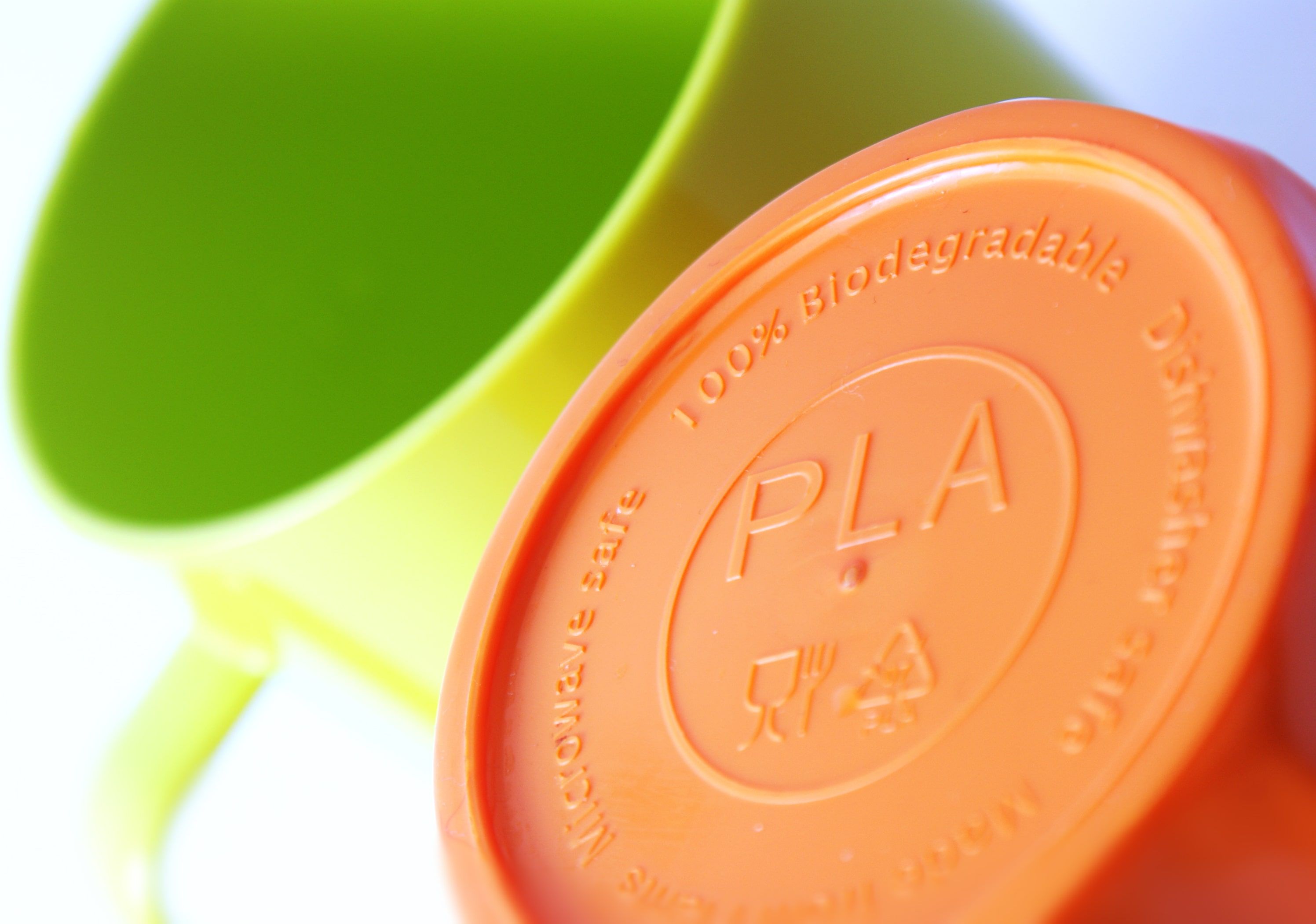New trends for plastics
Bioplastics are a promising alternative to conventional plastics. Nowadays, for almost all conventional plastic materials and their applications, there is a bioplastic alternative.

Leveraging Market Potential
By using bioplastics, a company takes a stand for sustainable development, and can position itself as an agent of innovation. Furthermore, introducing new products made from renewable plastics attracts media attention and helps companies stand out from their competitors. However, currently, bioplastics account for just about one percent of the estimated 360 million tonnes of plastic produced worldwide every year. As demand is rising and increasingly sophisticated biopolymers, applications and products are created, the bioplastics market is constantly growing and diversifying. Bioplastics allow for a wide variety of applications from beverage bottles in the packaging segment to keyboards in entertainment electronics, and even interior parts in the automotive sector. Many bioplastics contain additives needed to achieve specific properties. SWARCOFORCE glass filler beads contribute to optimizing the properties of bioplastics. In that respect, the purpose is to reinforce the bioplastics. SWARCOFORCE glass filler beads optimize and increase their pressure resistance as well as their abrasion and scratch resistance. They reduce warping and shrinking, and improve surface appearance.